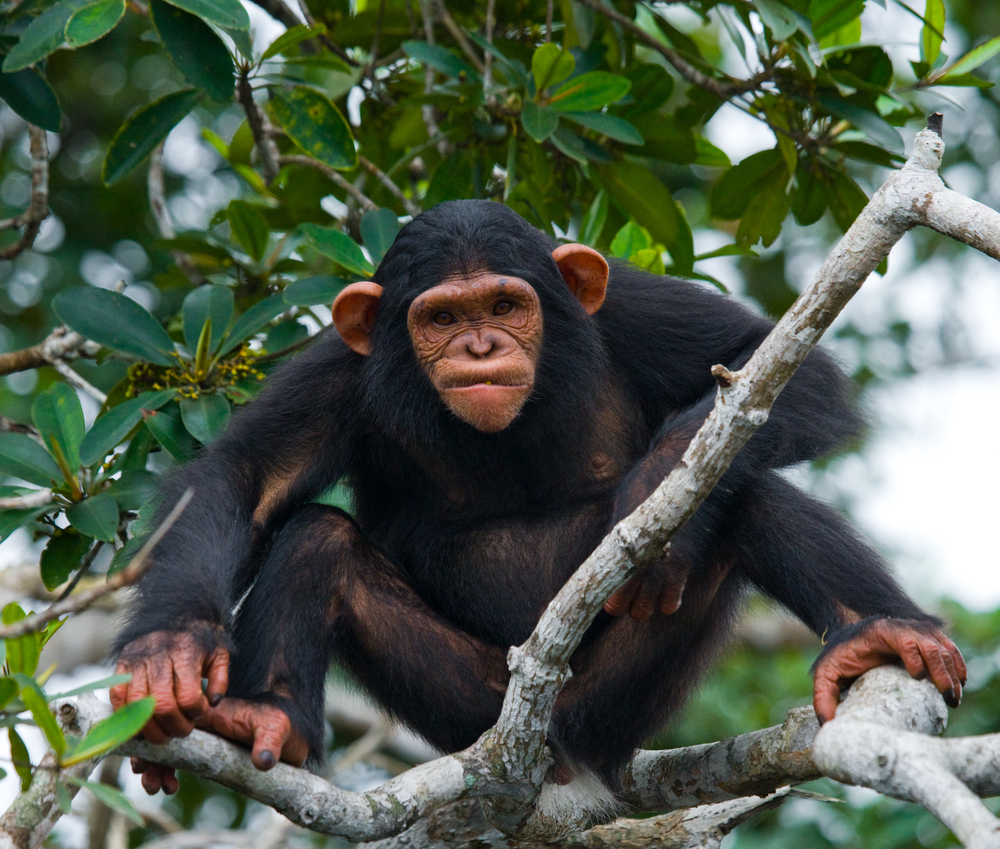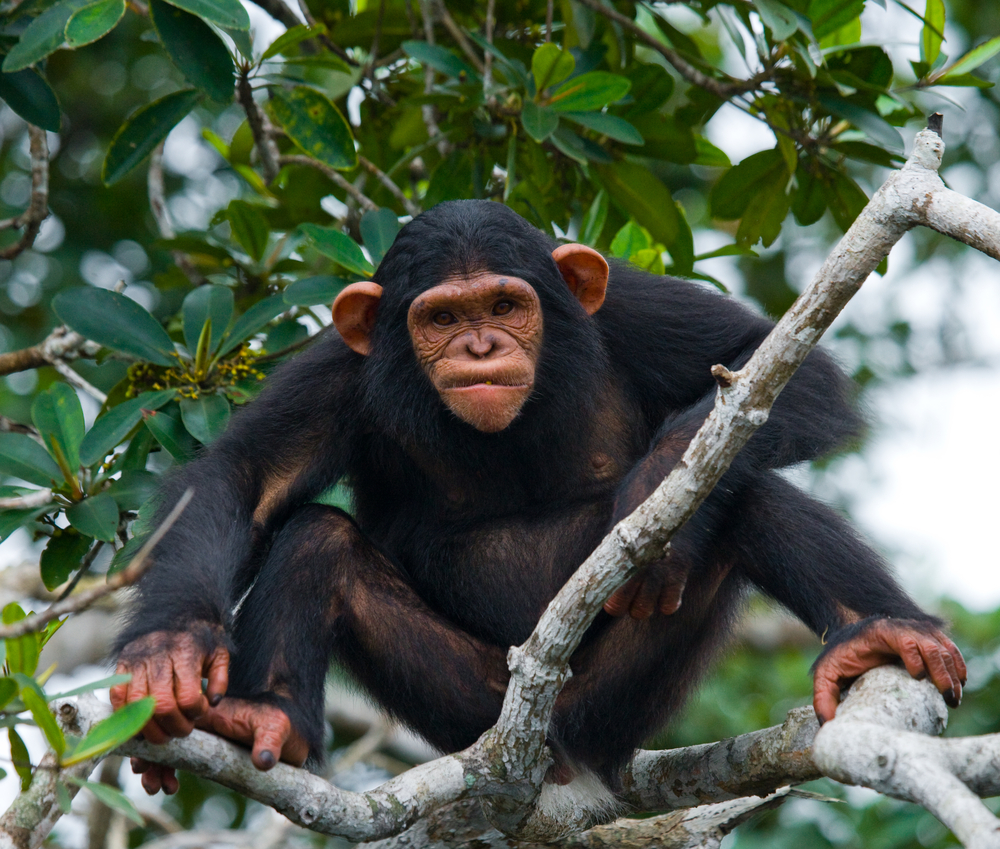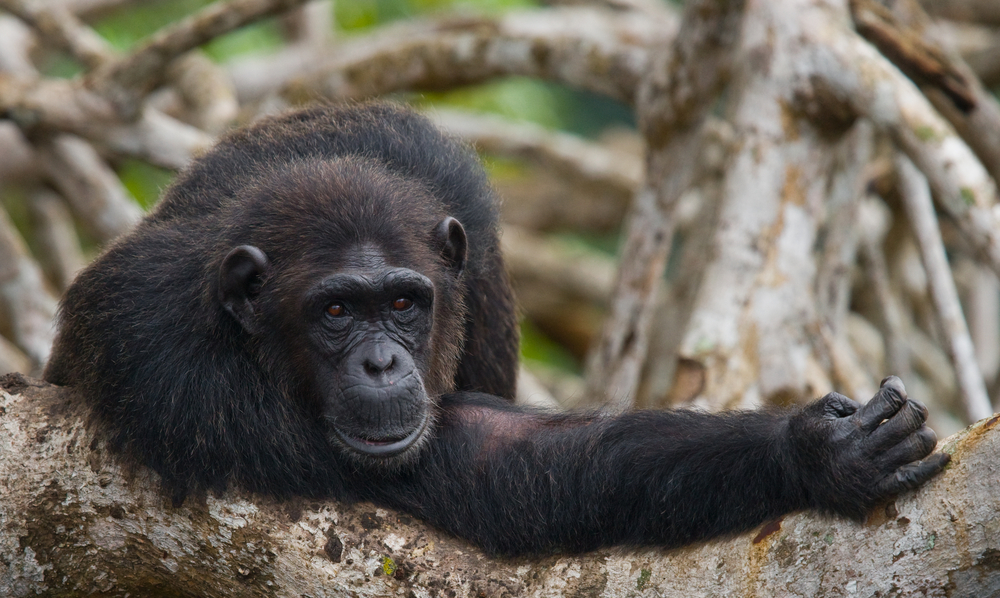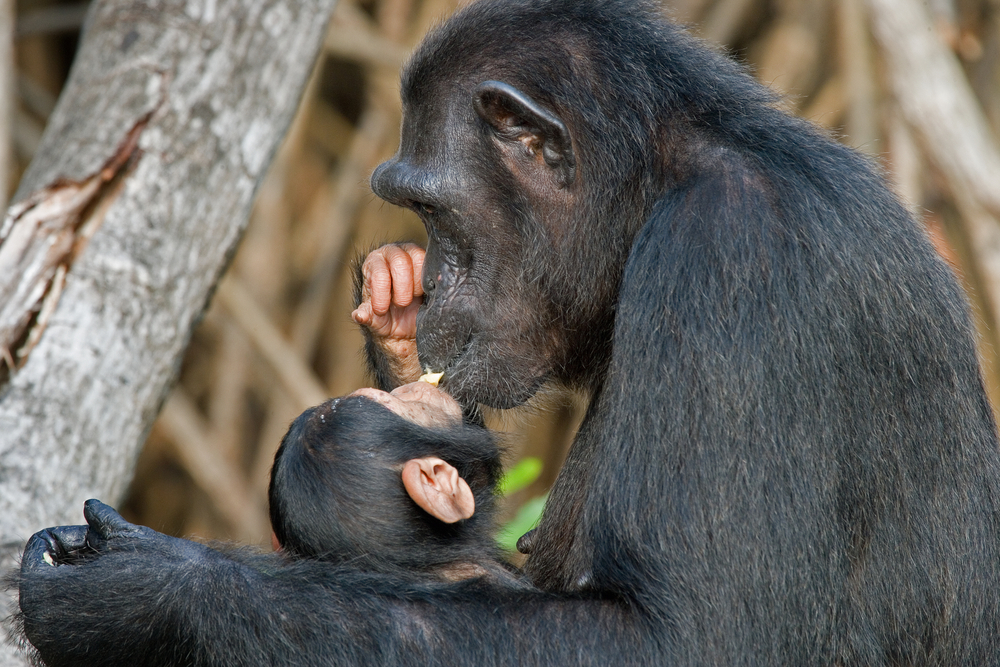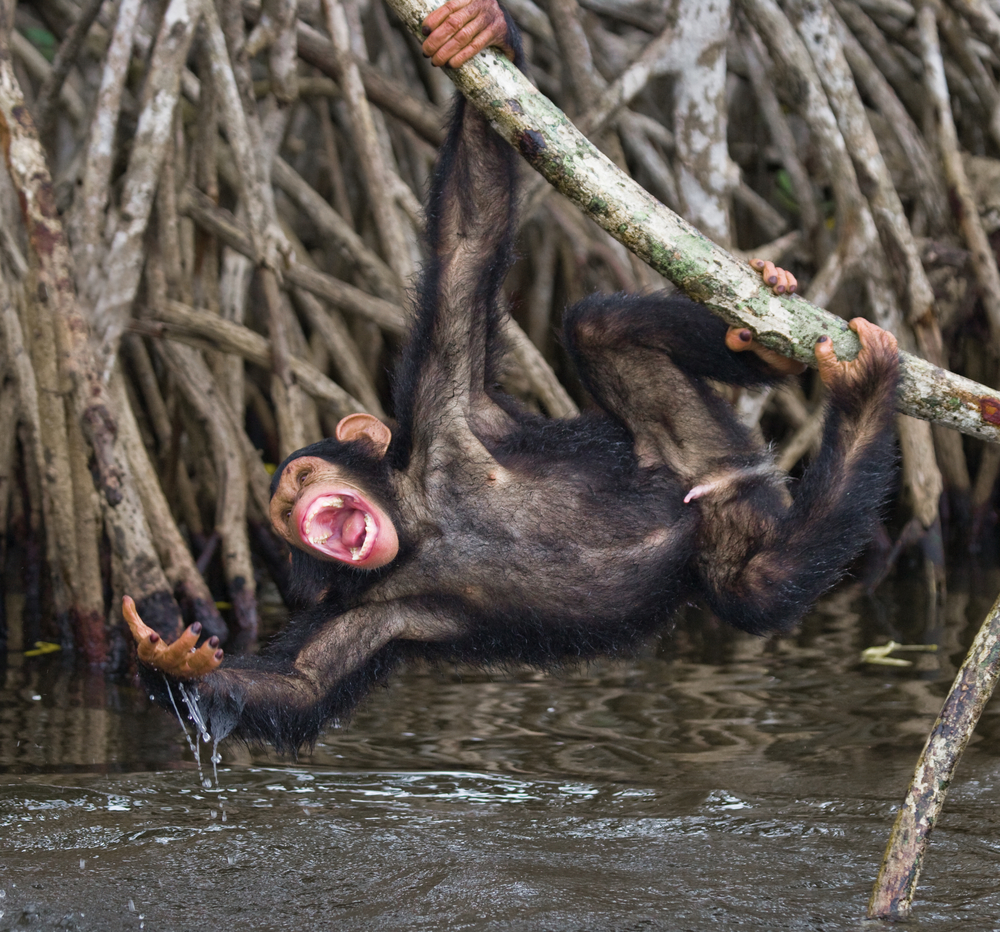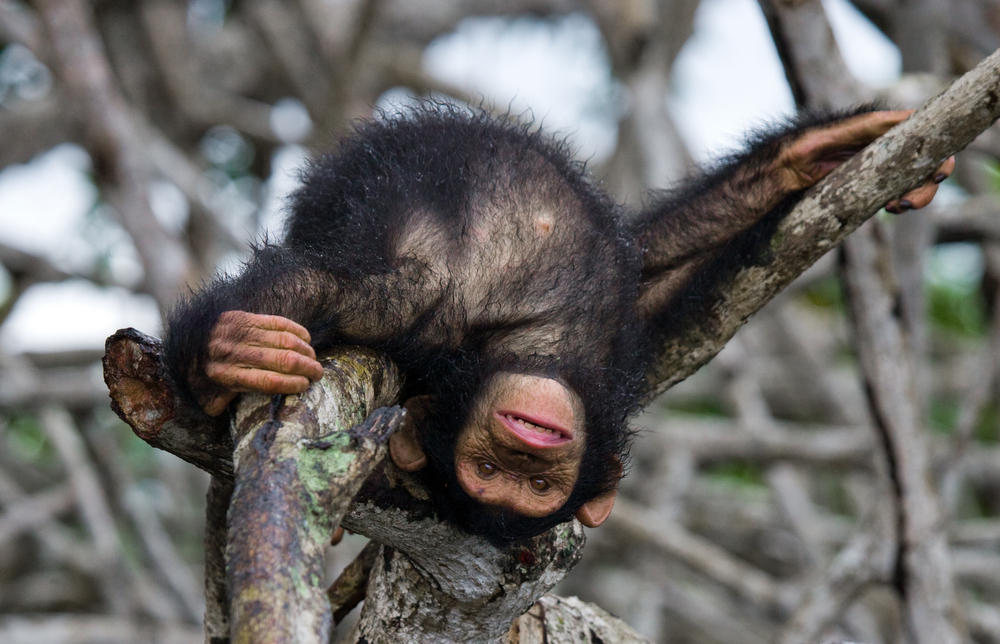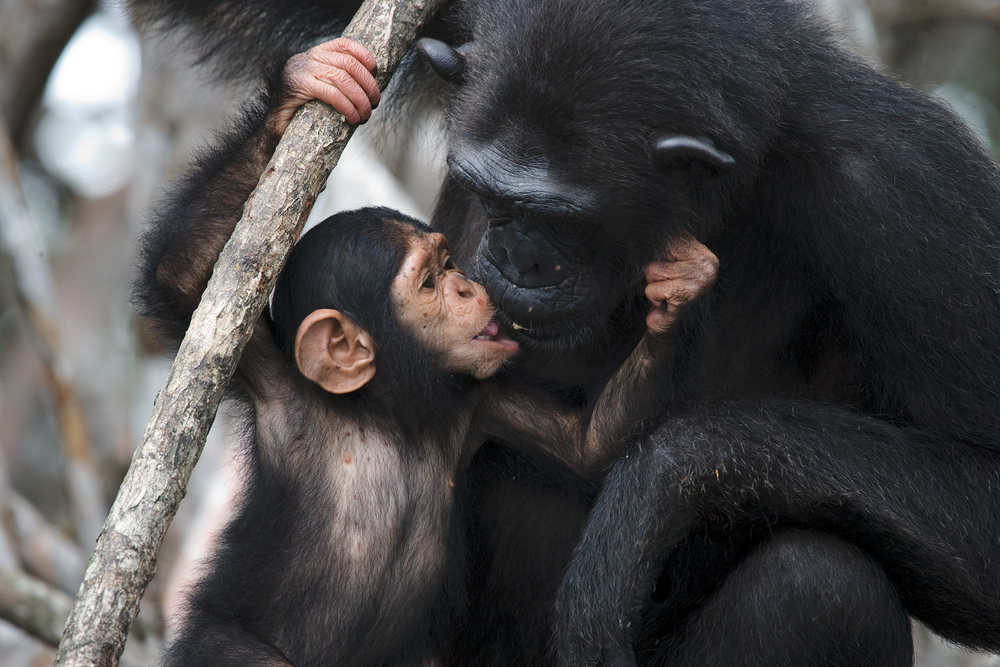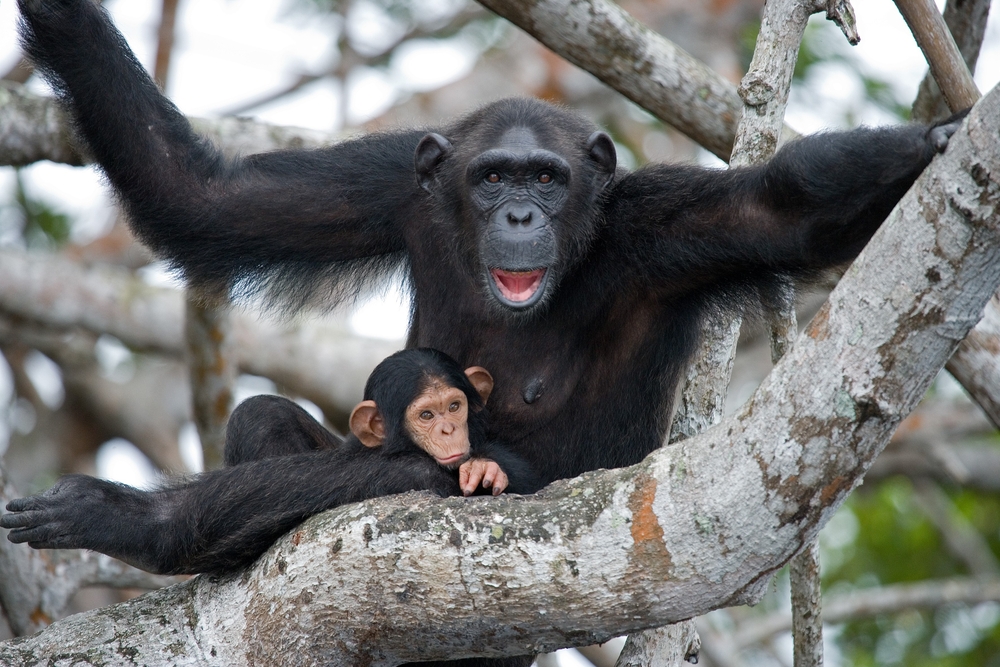Mangroves National Park is located in the furthest western point in the Democratic Republic of the Congo. It sits in the mouth of the Congo River and the border of northern Angola. The park covers an area of 297 square miles (768 sq km) making it the smallest national park in the DRC.
Situated in the Congo River, this is the DRC’s only marine-oriented national park. It is also an important wetland under the Ramsar Convention. The mangroves differ from those found in the Sundarbans in Bangladesh and India. These mangroves are distinctive for the DR Congo area.
The wetlands of the national park are comprised of mangroves, lush forests, oak trees, walnut trees, red cedar, and African oak. Mixed in with the forest is a variety of brush vegetation and areas of grasslands.
The Congo River and mangroves create a habitat that is supportive of crocodile, hippopotamus, and the endangered manatee. Above ground, there are also reedbuck, bushbuck, and a variety of reptiles, amphibians, and birds. The African fish eagle, greater flamingo, kingfisher, and goliath heron are some of the coveted bird sightings.
Boating through the mangroves, the Congo River, and the inlets are how most travelers engage the national park. The mangroves are a unique and special ecosystem for Africa.
Photos
Things to See
Mangroves National Park Trails
The majority of the experience of the Mangroves National Park is attached to the aquatic nature of the mangroves. Accordingly, boating amongst the mangroves is the most commonly engaged activity.
There are some bird walks and limited hiking opportunities found within the park. If more detailed hiking information becomes available, we will update you here.
Park Protection
As the only aquatic-based national park, Mangroves protects the mangroves forest and the diverse life they support. The protected waterways help ensure the survival of the endangered manatee.
It is imperative that travelers and service providers take the actions necessary to not infringe upon the mangrove environment that is the habitat for the manatee. The waterways and mangroves also provide habitat for a rich diversity in birdlife.
Sources
- African Gorilla, Mangroves National Park, https://www.africangorilla.com/information/mangroves-national-park-congo/, retrieved July 2020.
- Congo National Parks, Mangroves National Park, https://www.congonationalparks.com/places/70947-2/, retrieved July 2020.
- Congo Parks Guide, Mangroves National Park, https://www.congoparks.com/congo-parks-reserves/mangroves-national-park/, retrieved July 2020.
- Eco travelers, Mangroves National Park, https://www.ecotravelers.org/destinations/dr-congo/mangroves-national-park/, retrieved July 2020.
- Virunga National Park, Mangroves National Park, https://www.virungaparkcongo.com/congo-tour-destinations/mangroves-national-park-parc-national-des-mangroves/, retrieved July 2020.
